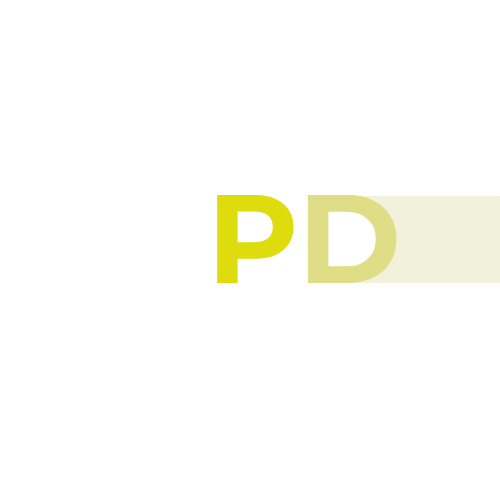Life Cycle Assessment (LCA) is an internationally recognized method used to measure and analyze the environmental impacts of a product throughout its life cycle. It forms the foundation of the Environmental Product Declaration (EPD) preparation process. LCA covers all stages of a product, from raw material extraction to disposal.
Key Stages of LCA
Goal and Scope Definition:
- The purpose of the LCA is determined (e.g., measuring environmental impacts or comparing products).
- System boundaries are set (e.g., raw material extraction, production, use, and disposal).
- A functional unit is defined (e.g., 1 square meter of flooring material).
Life Cycle Inventory (LCI):
- Data on materials, energy consumption, and emissions throughout the product’s life cycle is collected.
- Data sources:
- Primary Data: Directly obtained from manufacturing facilities.
- Secondary Data: General information from databases (e.g., Ecoinvent, GaBi).
Impact Assessment (LCIA):
- Inventory data is translated into environmental impacts, such as:
- Global Warming Potential (GWP): Carbon footprint.
- Acidification Potential (AP): Contribution to acid rain.
- Water Usage and Eutrophication Potential (EP): Pollution of water resources.
Interpretation:
- Results are analyzed, and opportunities to improve environmental performance are evaluated.
- Findings are included in the EPD content.
LCA’s Role in EPD Preparation
Data Provision:
LCA provides essential data for EPD preparation, such as energy consumption, greenhouse gas emissions, and waste production.
Compliance with Standards:
LCA follows ISO 14040 and ISO 14044 standards, forming the basis of an EPD.
Transparency:
It presents the environmental impacts of a product in a measurable and transparent way.
Comparability:
Provides a reliable basis for comparing the environmental performance of similar products.
Environmental Impact Categories in LCA
- Global Warming Potential (GWP): Impact of greenhouse gases on the atmosphere.
- Acidification Potential (AP): Acidification of soil and water.
- Ozone Depletion Potential (ODP): Contribution to ozone layer depletion.
- Photochemical Ozone Creation Potential (POCP): Air pollution and smog formation.
- Water Usage and Pollution (EP): Water consumption and eutrophication.
Advantages of LCA
- Environmental Awareness: Helps in understanding a product’s environmental impacts.
- Sustainability: Optimizes production processes to reduce environmental effects.
- Marketing and Competitiveness: Highlights environmentally friendly products in the market.
- International Recognition: The most reliable and standardized method required for EPDs.
LCA is a critical tool for scientifically and reliably analyzing the environmental impacts of a product’s life cycle during EPD preparation.


